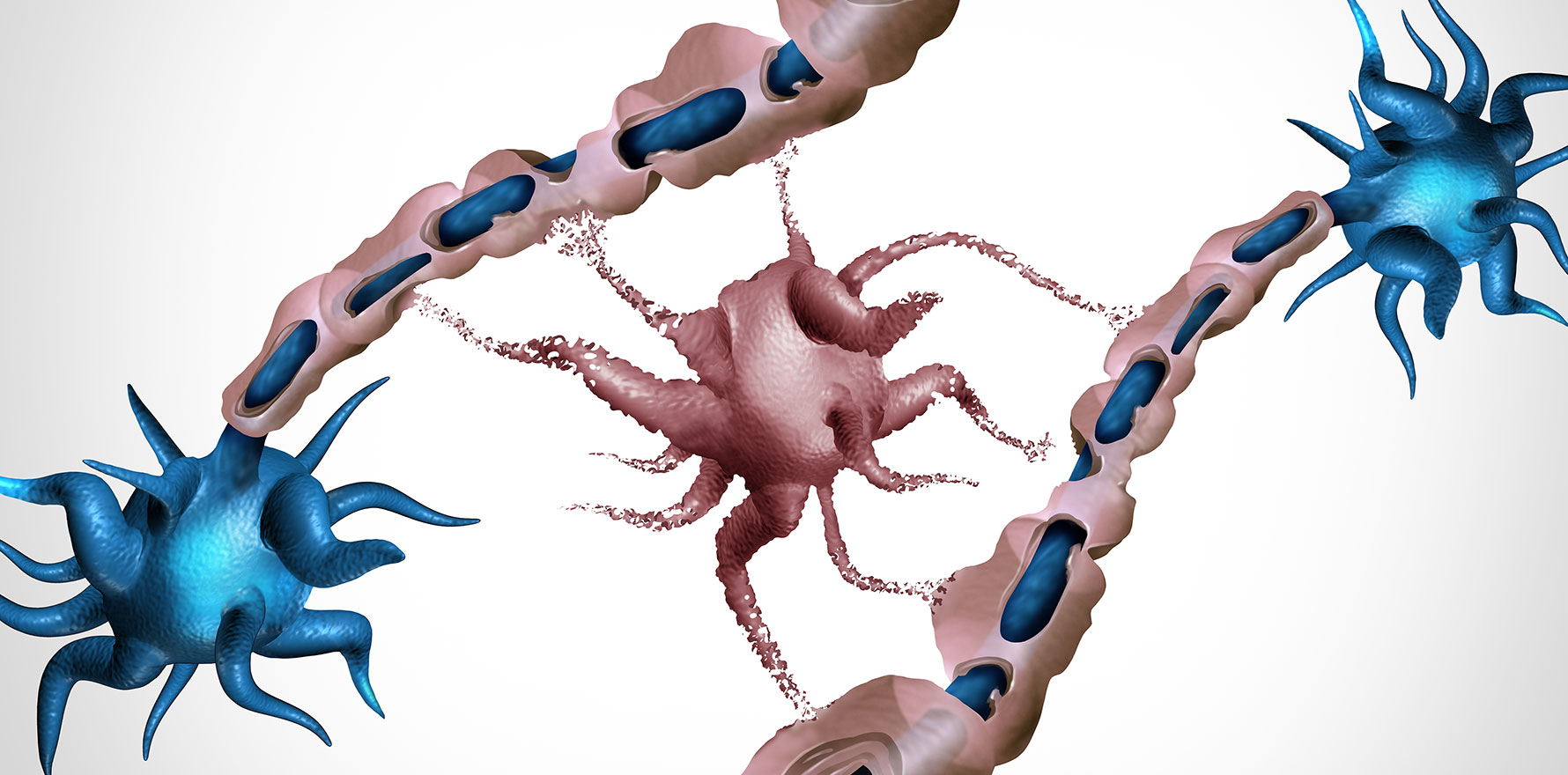Care extends well beyond disease-modifying therapies and best practice requires teamwork.
Multiple sclerosis is growing in prevalence, partly because people are living longer with the neurological disease.
This increased life expectancy is good news, but brings with it the complications of ageing and comorbidities such as cancer, making whole-person care even more important.
A new clinical consensus statement, published last week in the Medical Journal of Australia (part 1, part 2, full list of 80 recommendations), says communication between neurologists and GPs is “crucial” for managing the many aspects of MS care on which patients’ quality of life depends.
While MS-specialised neurologists have the primary role in finding the right disease-modifying therapy (DMT) for each individual – immunosuppressive or immunomodulatory drugs, of which there are now 14 PBS-listed for MS – a GP’s role includes:
- Monitoring and maintenance of pharmacotherapy
- Immunisations
- Cancer screening
- Birth control
- Pregnancy care
- Coordination of allied health through a CDMP
- Lifestyle measures such as exercise and smoking cessation
- NDIS interactions
Co-author Professor Trevor Kilpatrick of the Florey Institute, and a consultant neurologist at the Royal Melbourne Hospital, said the clinical consensus statement had been developed in the spirit of promoting holistic care and quality of life for MS patients.
He told TMR that specialists can have the tendency to “just fall back into the pharmacology”, but that patients still had lifestyle issues that made partnership with general practice essential.
This was especially true during pregnancy. MS occurs in women three times as much as men and onset is most likely during childbearing years.
“In the context of pregnancy and breastfeeding, for example, there is a partnership between the patient, the general practitioner, and neurologist,” Professor Kilpatrick said. “With covid there’s been a heightened awareness of the need for vaccinations. There’s issues in relation to cervical cancer screening, but in particular, skin cancer screening on some of these immunosuppressive medications.
“Smoking, we know, not only enhances the risk of getting MS, but is bad news in terms of increasing the progression and severity of MS in the long term.
“So the general practitioner and the MS specialist are working together on that sort of issue, and that extends into general lifestyle measures for people with multiple sclerosis.”
He said none of the drugs available could stop progression when MS moved from the relapsing-remitting phase into the progressive phase, only delay or minimise it. This brought a subset of patients into the scope of the NDIS, and practitioners needed to work together to ensure supports were provided.
GPs were often in a position to help determine which of the range of therapies would or would not suit a patient. Natalizumab, for example, can reduce relapses by around 70%, but requires for most people a four-weekly intravenous injection at an infusion centre, which is not practical for every patient.
“The best thing is to work through, with a little bit of time, what’s the best therapy for that particular person, recognising they’re a person and they’re not controlled by a disease, and this is where the GP also can have really critical input in that early phase,” Professor Kilpatrick said.
Related
“The GP knows the person and knows what drives and what’s important to them, and that’s where that that communication, I think, is important, either directly to the neurologist or particularly to the person themselves.”
A GP would also be there to help a patient understand and process their diagnosis in a way that was often not possible in a short neurology consult.
Professor Kilpatrick said the improved life expectancy for MS patients was opening uncharted territory in terms of ageing, comorbidities and the question of when, if ever, to discontinue therapy.
“The relationship with the GP and the patient and the neurologist is absolutely critical in [this] chronic condition. It becomes a lifelong journey to help people maximise quality of life. And that starts with understanding what MS is, helping [find] the right therapy for them, monitoring the therapy and then the lifestyle issues.
“And ultimately it may later in life also come to this very challenging area of: do you ever take someone off therapy? That remains a work in progress.”
If a patient on immunosuppressive drugs has a co-occurring rheumatological condition or, worse, a malignancy, that creates another world of complexity.
Checkpoint inhibitors and TNF inhibitors, for example, make MS worse, while immunosuppression is not desirable in cancer.
“What we’ve got to make sure of as best we can is that there’s not push-pull [between specialists] in that sort of circumstance,” Professor Kilpatrick said.
“Although we’re trained as general physicians and then become subspecialists, we tend to become a little bit pigeonholed, and this is where the generalist still has a very important role as the gatekeeper in helping us to keep honest.”
Part 1 of the MJA paper covers
- DMT counselling
- Pre‐immunotherapy screen
- Immunisations
- Monitoring disease activity on DMTs
- Switching or discontinuing DMTs
Part 2 covers
- Risk mitigation strategies with DMTs, i.e. infection prevention and cancer screening
- Managing DMTs in special situations such as pregnancy and breastfeeding
- Managing active infections such as covid
- Exercise
- Diet
- Smoking cessation
- Vitamin D supplementation
- Managing disease relapses
- Symptomatic treatments





